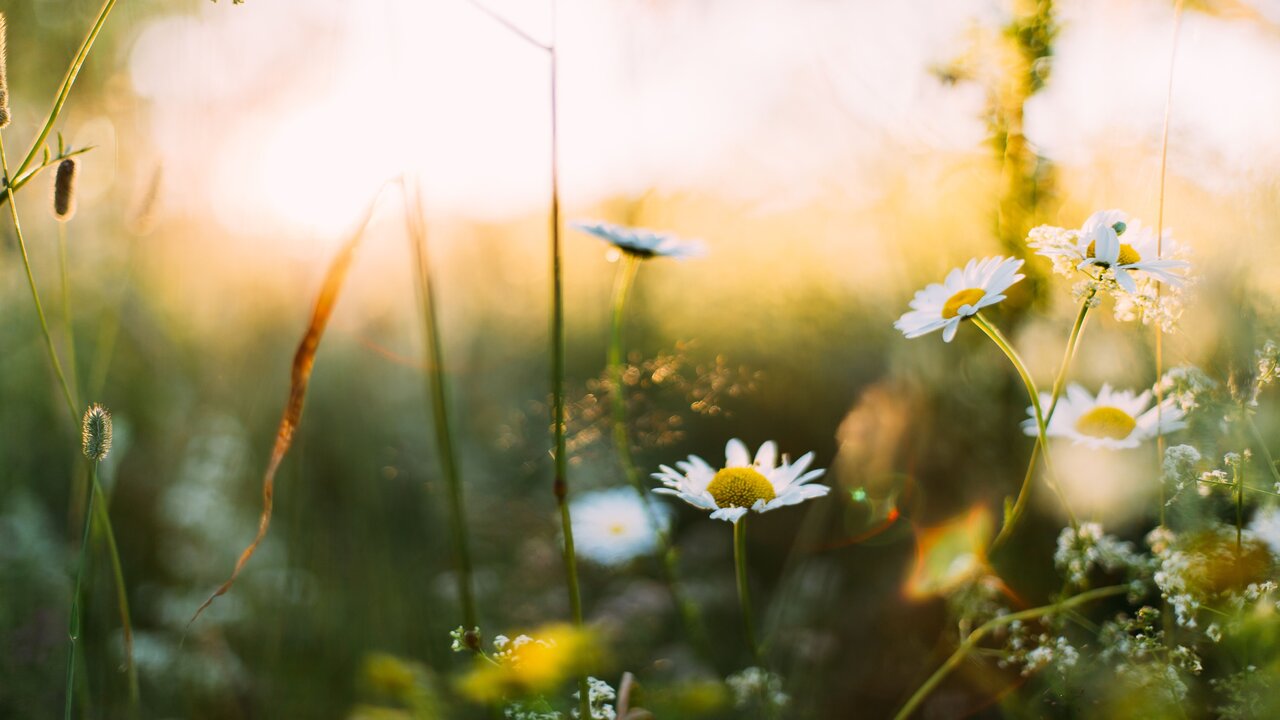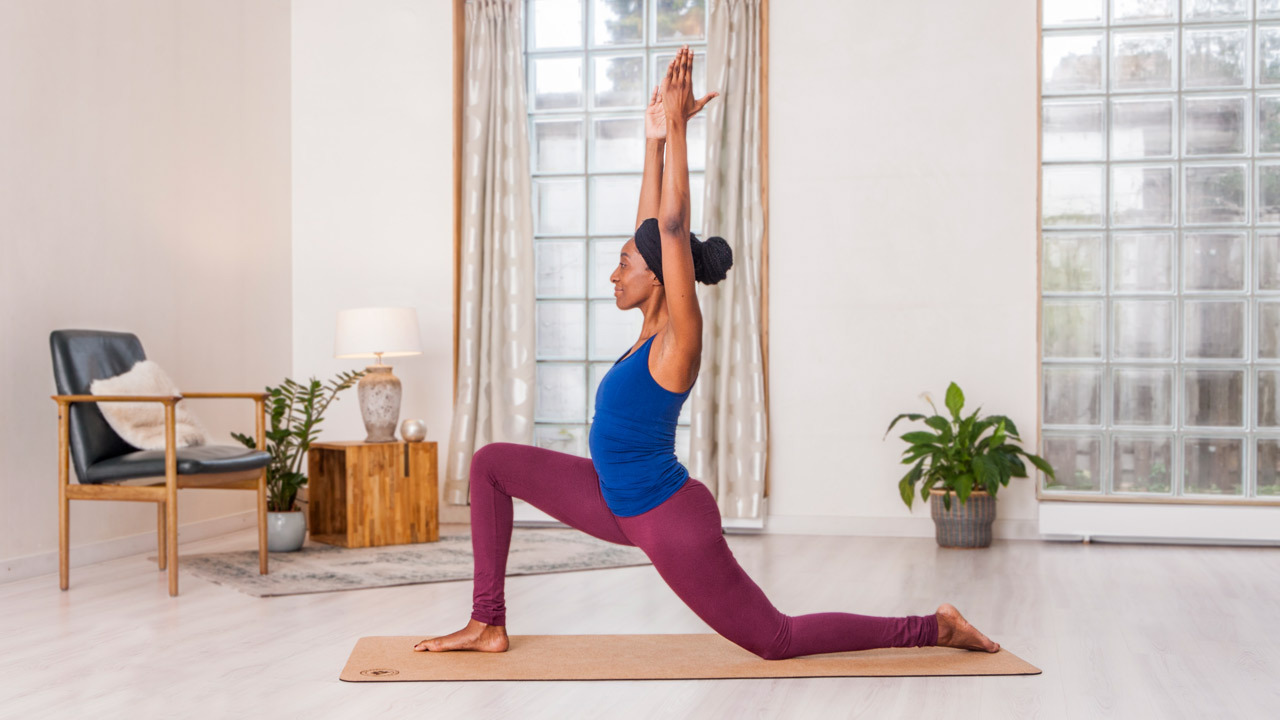The age of distraction
Writing in the Guardian, James Williams, a former google advertising strategist and Oxford-trained philosopher said, “I now believe the liberation of human attention may be the defining moral and political struggle of our time.”
It’s a bold and thought-provoking statement but one which, in the age of the internet, social media, fake news, false realities, and the omnipresent mobile phone, is hard to dispute. As I wrote this, I noted how other things I deemed ‘necessary’ to do before writing the first paragraph. Researching quotes, looking up scientific studies, reading other articles on the topic, searching for relevant yoga classes to recommend… I notice how many tabs I have open on my laptop (21), how many times I’ve paused to check my work messages or emails in the past hour… (way too many).
There is no doubt we live in the age of distraction. But why is it so important to try and combat the seemingly ever-increasing tussle for our attention?
Coming back to the present moment
If you practice meditation and yoga, you’re probably familiar with being urged to live in the present moment:
“Do not dwell in the past, do not dream of the future, concentrate the mind on the present moment.” said the Buddha. “Happiness lies not in finding what is missing, but in finding what is present”, says Tara Brach. “Realise deeply the present moment is all you’ll ever have”, urges Eckhart Tolle.
One of the key ways to be present is by practising mindfulness. The simplest definition of mindfulness I’ve found is from Dipa Ma, an Indian meditation teacher and Buddhist master in Asia. She was a primary teacher of Joseph Goldstein and Sharon Salzberg, as well as one of Jack Kornfield’s teachers. She said: “Whatever you are doing, be aware of it.”
We cannot be aware of something that we’re doing (or feeling or seeing or experiencing) unless we are right there, in that moment. In essence, mindfulness could be described as the gateway to presence.
Benefits of mindfulness
There are many studies that attest to the efficacy of mindfulness but the fact is scientists still don’t have a full understanding of what actually happens in the brain when we practice it. Though the practice was founded in Buddhism around 2,600 years ago, studies on mindfulness really only began in the 1970s. In other words, we’re really at the tip of the iceberg in our understanding. Practice of mindfulness has been shown to:
- Reduce levels of anxiety and depression
- Improve focus and attention
- Reduce stress
- Decrease emotional reactivity
- Promote empathy and compassion
And though these longer-term benefits are worth pursuing the practice for, to instantly get a ‘feel’ for how you could benefit from being more present, you might ask yourself:
- How does my mind feel when I’m trying to juggle lots of things at the same time?
- What’s my general mood when I’ve spent an hour (or three) scrolling Instagram?
- What feedback is my body giving me? Have I noticed my breath at all?
Why do we avoid the present moment?
In Virginia Woolf’s novel, Orlando, the narrator wonders, “For what more terrifying revelation can there be than that it is the present moment? That we survive the shock at all is only possible because the past shelters us on one side and the future on another.”
Whilst this article is written to highlight the power of presence, I would be naive not to acknowledge how astoundingly difficult it is much of the time. Think of times when we’re at work, but dreaming of the weekend or being on holiday (holidays – remember those?!)…. Yet when we are lying on that beach or sipping those cocktails we’re worrying about the barrage of work awaiting us.
Right now at the time of writing (early 2021), you may also argue that the present moment isn’t exactly appealing some of the time. And you’d be right. Sometimes it’s just much easier to numb ourselves to the reality of the present moment.
Where life happens
According to the writer and professor of economics at the Hebrew University, Eyal Winter, ‘human psychology is evolutionarily hard-wired to live in the past and the future. Other species have instincts and reflexes to help with their survival, but human survival relies very much on learning and planning. You can’t learn without living in the past, and you can’t plan without living in the future.’
That being said, learning and planning are all very well but what about life? Does the warmth of the sun on your face, or the burst of birdsong in the trees, or soft purr of your cat as it greets you, or the crunch of the Autumn leaves under your feet teach you anything other than how delightful it is to experience them?
And does experiencing them demand anything of you other than just to BE?
Indeed, for me, this is the most powerful reason of all. There’s a pure simplicity in being truly present, a kind of ‘leaning in’ to what life is offering us, be it ‘good’ or bad’. It’s a deep, undefended, uncomplicated trust that asks nothing of us but to pay attention.
If you are feeling overwhelmed and out of touch with your body, here are three, really simple tips to guide you back into the here and now.
1. Close the tabs: Do one thing at a time
When life speeds up, we have a tendency to go faster too, in the (mis)belief that we’ll ‘achieve’ more if we double the number of plates we’re spinning. Even in our so-called downtime, we watch Netflix or a movie whilst having half an eye on Instagram, Twitter or Facebook feed.
In fact, what is known as ‘multitasking’ is actually more accurately ‘task-switching’ because our brains aren’t actually capable of focusing on two serious tasks at the same time.
So the next time you find yourself ‘multitasking’, try to focus on doing one thing at a time and do only that. Close the extra tabs on your laptop when you’re working on something, resist the urge to google the name of that actor in the film you’re watching. If you’re waiting in line for something, try and keep your phone in your pocket. And if are scrolling Instagram, fully give yourself over to it – scroll like you mean it! To paraphrase Thich Nhat Hanh’s verse, ‘Breathing in, I know that I am breathing in…’ Scrolling mindlessly, I know that I am scrolling mindlessly.’
2. Ask yourself: Are my mind and body in the same place?
Have you ever had the experience of driving somewhere and realised when you’ve got there you have no recollection of the route? Or you’re out with your dog and spent the whole walk ruminating about work? Even – and often – the briefest of activities such as cleaning our teeth, washing the dishes, or folding the laundry test our ability to be fully present. It’s little wonder Eckhart Tolle defined the human race as “lost in thought”!
I’ve found the question above one of the simplest and most effective ways to bring myself back into the present moment. If the answer is “no” then you could follow it up with asking yourself, ‘what is here now?’ If we consider that it’s estimated the average person has up to 60,000 thoughts a day and 90% of those are exactly the same thoughts as the day before, then perhaps it’s fair to say our external or internal landscape is usually far richer and more interesting!
3. Take one breath
‘That’s life: starting over, one breath at a time’ ~ Sharon Salzberg
It’s not for nothing that many meditation teachers ask us to take a couple of deep breaths at the start of our sitting practice – it’s one of simplest and most instant ways to come into the present, into our bodies. Paying attention to our breath is a fundamental way to connect to ourselves because the breath is the invisible bridge between the body and the mind. As long as we’re alive, it’s readily available and our one constant.
See if you can follow your breath for one full cycle. Pay attention from the moment the wave of breath comes into your body. Notice your belly soften and inflate, your ribs widen, your chest rise. See if you can follow its gentle journey all the way up to its apex. Notice the slight pause before the inhale turns into an exhale… what happens in that gap? ….and then follow the breath all the way back out again.
You can practice this with Tracey Cook here:
If one of these tips resonates with you, try repeating it for the next week and see if it makes a difference.
Learn to be powerfully present yoga program
A 3 week yoga and meditation program to bring us powerfully into the present moment – open to all experiences, whatever they may bring.
RELATED
Main image courtesy of Daiga Ellaby via Unsplash


